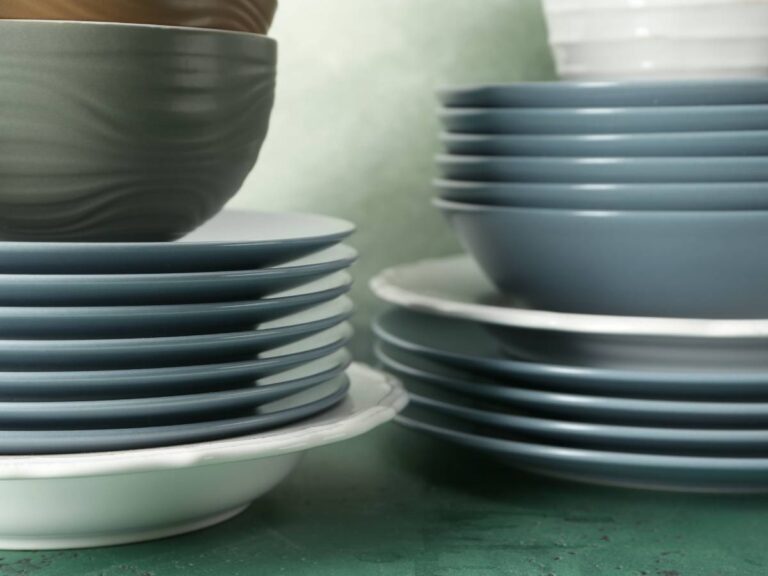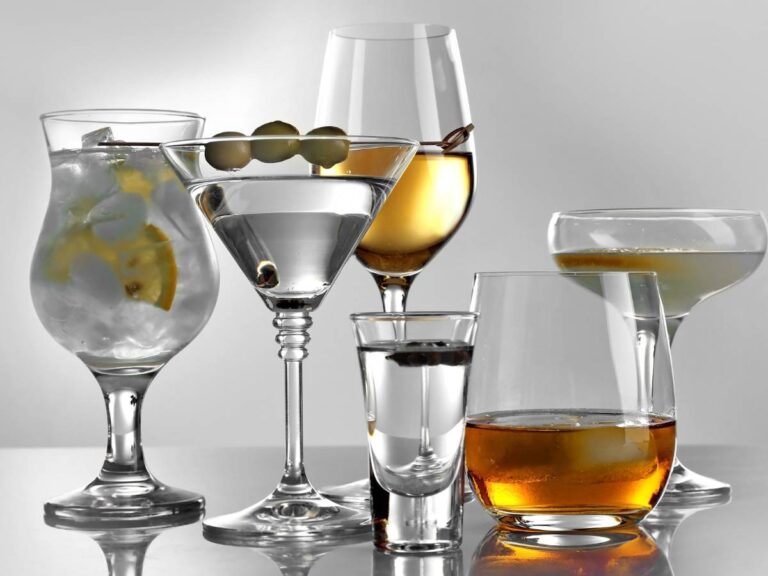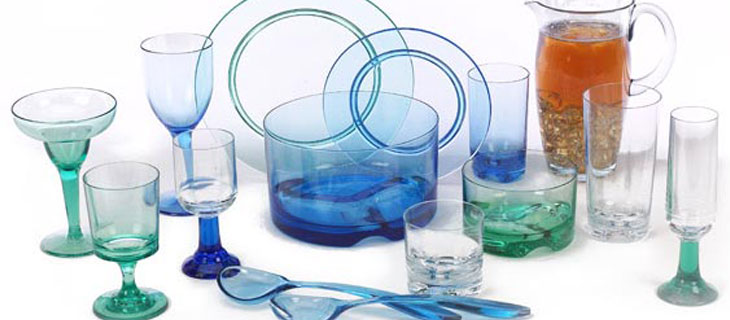3 Tips to Keep Dishwasher-Safe Plastic Glasses Looking Good
If your dishwasher-safe
If you’re quick to point a finger at makers of
Tip 1: Pick the Best Type of Dishwasher-Safe Plastic Glasses
Not all plastics are created equal. Plastic glasses and dishes made from melamine, SAN, polypropylene, Tritan, or polycarbonate are better choices than acrylic for lasting good looks. In fact, glasses made from these dishwasher-safe plastics are often found in busy restaurants since they can withstand commercial dishwasher temperatures up to 155 degrees F.
Top Picks for Dishwasher-Safe Plastic Glasses
Tip 2: Look for Plastic Glasses Made from SAN Plastic
Top Picks for Dishwasher-Safe Plastic Glasses in SAN Plastic
Tip 3: Check Your Dishwasher Settings
Dishwashers draw hot water directly from a home’s water heater, which is usually set around 140 F. Though too hot for most household needs, 140 F is the optimal cleaning temperature recommended by most dishwasher detergents – and is undamaging to most “top rack dishwasher-safe” plastic drinkware.
Energy Star-rated dishwashers feature built-in water heaters that further heat wash and rinse cycle water by as much as 30 F. Since incoming water no longer needs to be so hot, home water heaters can be lowered to an energy-saving 115 or 120 F, which is fine for other household uses.
Unfortunately, the home’s water heater setting is often overlooked when a new dishwasher is installed. And while a 30-degree increase doesn’t sound like a lot, it can be enough to breach the heat tolerance of many typically dishwasher-safe plastics.
How to Keep Dishwasher-Safe Plastic Glasses Looking Good
If you have high-end and/or Energy Star-rated dishwashers, check your user manual for wash setting water temperatures. If possible, wash














